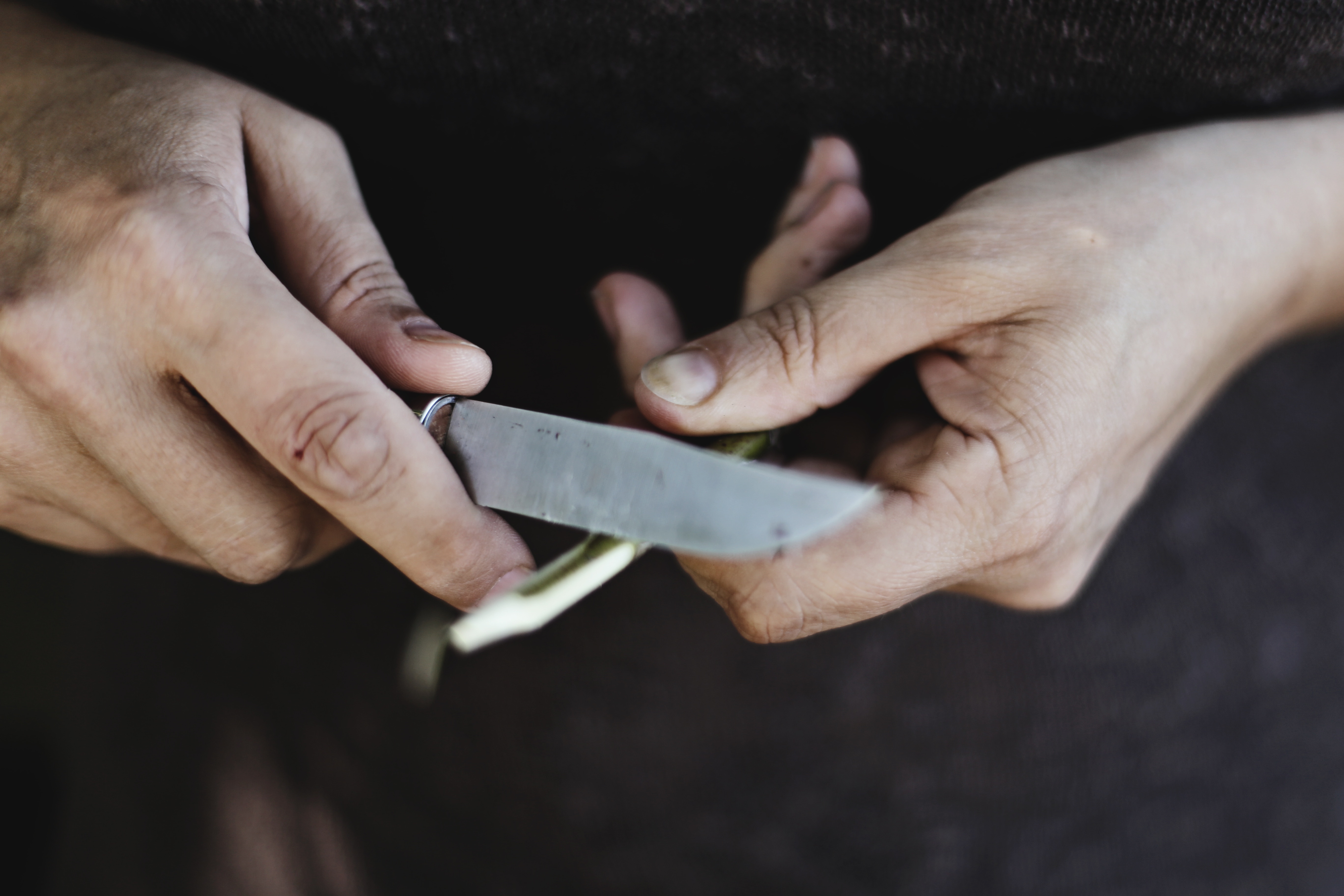Three Lessons Restaurant Owners Can Learn from These Workers’ Comp Blunders
4 Min Read By Bill Landess
With sharp objects, commercial equipment, flames, hot oil, chemical cleaners and fast-moving staff, restaurants—and particularly kitchens—are naturally injury-prone. So it’s no surprise that restaurants and food service businesses report hundreds of thousands of workplace injuries each year.
A workers’ compensation claim could be devastating to both employee and employer, especially if management has failed to comply with state work comp laws. Avoid the three most common mistakes made by restaurants by following the advice below.
1. Not Carrying Coverage
Employers are responsible for maintaining a safe workplace and training employees on safety procedures. But when accidents happen, workers’ comp is designed to help navigate any medical or legal costs that stem from such a situation. Most employers must carry a workers’ compensation insurance policy and file a claim within a certain period of time after a worker reports an injury.
A lapse in coverage or failure to provide proof of insurance can expose your restaurant to legal and financial risk. Dangers of noncompliance include:
Liability for injuries. If an employee is injured on the job, the employer may need to cover medical expenses out of pocket. The injured employee may also be able to sue for additional damages, citing negligence on the part of the employer.
Administrative fines. Depending on the state, the work comp regulator may impose fines for lack of coverage, or disbar the business from public work contracts. Recently, several California restaurants were issued fines ranging from $4,500 to more than $70,000 for not carrying work comp insurance.
Fines for ignoring a stop work order. The state work comp board may also issue a stop work order, which prohibits the business from operating until they get covered. As one pizza parlour owner learned, failure to obey a stop work order can lead to thousands of dollars in additional fines.
Bottom line: Not carrying coverage is not worth it. Whether or not it’s legally required, workers’ comp insurance protects the business by covering medical expenses and lost wages for injured workers, and pays for the employer’s legal defense fees in the event of a lawsuit.

Workers’ compensation requirements vary from state to state. To protect your restaurant, find out what your state requires before you start shopping.
When requesting a policy quote, have your EIN number, number of employees and total payroll in front of you. You can expect to share basic business details, like a description of your business operations, the number of locations and their addresses. The insurer might also ask industry-specific questions, like whether you offer delivery or catering services.
2. Miscalculating Payroll
Workers’ compensation premiums are directly related to payroll, so giving accurate payroll totals is key. Too high and you could be overpaying; too low and you’ll owe a large premium at audit.
Calculating payroll can be particularly challenging with restaurants, with a revolving door of full-time, part-time and seasonal workers. When calculating payroll, here’s how to handle:
Full-time employees: Report annual estimated gross earnings for all employees to the insurer.
Part-time employees: Part-time workers are treated the same as full-time, though their annual payroll is likely lower by comparison.
Seasonal workers: Temporary workers still need to be covered, and the policy should be left in effect for the entire year. Simply calculate seasonal wages; for example, a server earning $1,000 per month for a 3-month summer shift would equal $3,000 in annual payroll.
Family members: Check your state’s work comp requirements. If they need to be covered by the policy, their wages should be calculated like any other employee.
Hourly workers: Hourly and salary workers are treated the same under work comp laws. The hourly worker’s payroll just may be more difficult to estimate.
Insurance carriers recognize that payroll is based on estimates. Actuals are reported when the business is audited at the end of the policy year. Depending on the differences between estimates and actuals, your account will be credited or debited accordingly.
Tip: If you grossly underestimate payrolls, you’ll have a large audit premium payment due in addition to your normal invoices for the following year. To avoid a hefty end-of-year bill (and a hit to your operational cash flow), aim to be as accurate as possible.
3. Failing to Implement Safety Measures
According to Farmers Insurance, 25 percent of claims are by restaurants. Injuries include cuts, burns, slips and falls, lifting hazards, overuse injuries, electrical hazards and chemical burns.
The two biggest culprits? Sharp objects caused the most reported claims, according to a recent Amtrust study, while falls and slips resulted in the highest claims.

Restaurants with a high incident rate often fail to identify and address potential threats. Don’t overlook any safety hazards; even those that seem like common sense can lead to preventable workplace injuries. Management’s goal should be to eliminate safety issues wherever possible, if that means clearing pathways, reorganizing prep spaces or adding new safety equipment or tools.
For the rest, rely on safety policies, procedures and equipment to limit and contain risk. Some tips to keep your staff safe:
- Keep knives clean and sharpened, and train staff on proper cutting technique.
- Follow manufacturer instructions for all equipment, and use equipment guards whenever possible.
- Clean up spills immediately, and clear pathways of any tripping hazards.
- Enforce the use of protective uniforms and equipment, like cut-resistant gloves for prep work and slip-resistant shoes.
- Invest in safety equipment, like non-slip mats, proper ventilation and a fire suppression system.
- Train and reinforce food safety practices to avoid cross-contamination or foodborne illness.
- Document safety processes and procedures. (Tip: If you do this, you may be able to save money on one or more commercial insurance policies. Ask your insurance agent if your safety plan qualifies.)
- Regularly train new and existing staff on safety standards. When needed, address safety issues head-on. Talk to staff to reinforce safety training, and celebrate small wins like injury-free milestones.
- Promote communication, especially announcing movement to another station or carrying a hot dish. Clear announcement of your intent and movement throughout the kitchen can prevent collisions, spills, trips and burns.
Most of all, model a culture of safety. If management overlooks improper technique and ignored safety procedures, so will staff. Lead by example, and prioritize the safety of your staff and customers over all else.
Want to know more about work comp insurance? Check out The Small Business Owner's Guide to Workers' Compensation Insurance.


